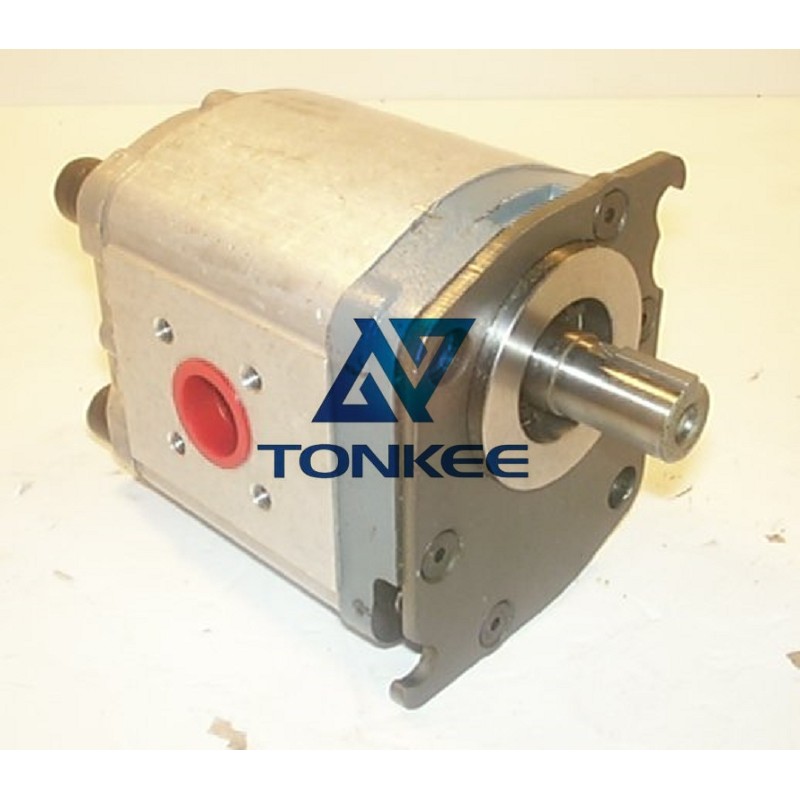
Flow Rate (GPM or LPM): The flow rate of a hydraulic gear pump is a critical specification, as it determines how much hydraulic fluid the pump can deliver in a specific amount of time.
It is usually measured in gallons per minute (GPM) or liters per minute (LPM) and is crucial for matching the pump to the hydraulic system's requirements.
Operating Pressure (psi or bar): The operating pressure of a hydraulic gear pump indicates the maximum pressure it can generate. It's typically measured in pounds per square inch (psi) or bars. Different hydraulic systems have varying pressure requirements, and the pump's pressure rating must be compatible with the system it's used in.
Displacement (in³/rev or cc/rev): Displacement refers to the volume of hydraulic fluid displaced per revolution of the pump's gears. It's usually measured in cubic inches per revolution (in³/rev) or cubic centimeters per revolution (cc/rev). The displacement value determines the pump's capacity to move fluid and is related to the flow rate.
Material and Construction: Hydraulic gear pumps are often constructed from materials like cast iron, aluminum, or steel. The choice of material depends on factors such as fluid compatibility, environmental conditions, and the intended application. A durable construction is essential for longevity and performance.
Inlet and Outlet Ports: Hydraulic gear pumps have specific inlet and outlet ports where hydraulic fluid is connected.
The size and type of these ports can vary depending on the pump's design and application requirements.
Efficiency: Efficiency is a measure of how effectively the pump converts mechanical power into hydraulic power. Higher efficiency pumps are preferred because they waste less energy as heat.
Speed Range: Some hydraulic gear pumps are designed for specific speed ranges. It's important to ensure that the pump's speed capabilities match the requirements of the hydraulic system.
Mounting Options: Hydraulic gear pumps come in various configurations, including flange-mounted, foot-mounted, or close-coupled designs. The choice of mounting can impact the pump's integration into your system.